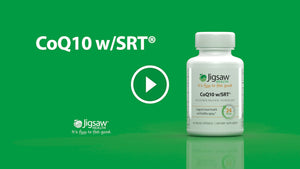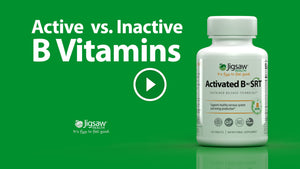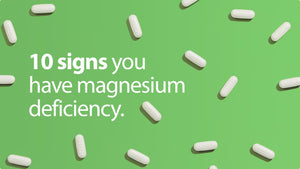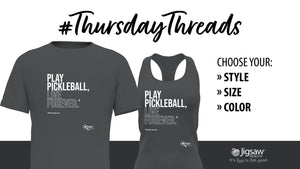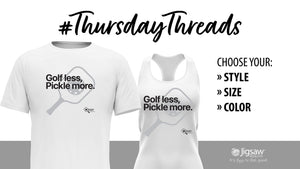Understanding the Nutrition Facts Box
The Food and Drug Administration (FDA) determined through scientific research that there are specific nutrients that are considered public health concerns. As a result, the FDA requires that food manufacturers label their products with the Nutrition Facts box so that consumers can make the healthiest choices based on key information provided.
Below you’ll find a list of the different sections of the nutrition facts box and what each section means.
Serving size. Before you prepare or eat your food, look at the serving size on the package. Often, small packages can be deceiving by containing more then just one serving. For example, a package containing two cookies may have a serving  size of just one cookie. At first glance, the calorie count might seem appropriate—until you realize it’s for only half of the package’s contents!
size of just one cookie. At first glance, the calorie count might seem appropriate—until you realize it’s for only half of the package’s contents!
Calories. You may have heard “a calorie is a calorie.” Well, that’s not necessarily true. While watching calories is very important to a healthy weight, it’s not only the number that counts. Does the calorie come from protein, carbs, or fat? Pay special attention to the calories from fat. While some fat is good for you, the calories from fat should NOT make up the majority of the calories. For the healthiest snack, choose products that have a balance of fat, protein, and carbs. AND, don’t be fooled by seemingly low-cal products that are actually full of bad fat.
% Daily Value. According to the FDA, the % Daily Values (%DVs) are based on daily value recommendations for a 2,000 calorie daily diet. Even though you may consume more or less calories, depending on your needs, you can use these numbers as a general guideline.
Also, every food label also has a footnote. This gives you a more detailed guideline of how many grams you should eat of each nutrient throughout the day. It’s broken down for a 2,000 calorie diet and for a 2,500 calorie diet. The guide may help you a bit more in figuring out how many grams of each nutrient you should eat per day.
Note: Just because it lists 2,000 and 2,500 calorie diets, this does not mean you should eat within this calorie range. Every person is different, and you should base your daily intake on your personal goals and your level of exercise.
Total Fat. On every label, you’ll see a total fat %DV, which is broken down even further by listing saturated fats and trans fats (as part of the total fat percentage). You should watch your total fat %DV, making sure most of your calories come from whole, nutrient-dense ingredients, rather than bad fats.
Saturated Fats. The FDA advises that saturated fats and trans fats are of public health concern when consumed in unhealthy amounts. However, the FDA does not make a distinction between the properties of saturated fats and trans fats. Saturated fats, when consumed moderately are beneficial, while trans fats are extremely detrimental in any amount.
Trans fats. According to the FDA, “experts could not provide a reference value for trans fat nor any other information that FDA believes is sufficient to establish a Daily Value or %DV.”1 The FDA has warned that trans fats increase your risk for chronic illness such as heart disease and high blood pressure. The truth is NO amount of trans fat is considered good for you. The FDA, as of 2006, will require that all labels list the %DV of trans fats. ALWAYS pick foods that have ZERO trans fats. If trans fat is not listed on the nutrition facts box, look for “hydrogenated” or “partially hydrogenated” oil on the ingredients list—these are the trans fats! Avoid foods with these ingredients.
Cholesterol. For the most part, snack foods that contain trans fats are also high in bad LDL cholesterol. (HDL cholesterol is good for you, while LDL is not.) Limit your intake of heavily processed, high-cholesterol products to lower your risk of atherosclerosis (clogging of the arteries).
Sodium. Watch out for diet foods that claim to be “fat-free”, “low-fat”, or “low carb.” Typically, excessive amounts of salt are added to make up for the lack of taste. While moderate amounts of sodium are good for you, excessive amounts may not be healthy, especially if you have high blood pressure.
Total Carbohydrates. The FDA breaks down carbohydrates into fiber and sugars (as part of the total carbohydrates). Be aware that the %DV for carbohydrates does not make any distinction between good carbs and bad carbs—your %DV for total carbohydrates should come from good carbs.
Fiber. Most Americans do not eat adequate amounts of fiber because of the heavily processed, non-nutritive foods that have been stripped of healthy fiber. Be sure to choose whole foods that contain natural fiber and add fiber supplements like flax meal to your diet.
Sugars. No %DV recommendations have been made for the total sugar intake. However, it is very crucial to watch your intake of sugars, especially refined sugars. These provide empty calories and spike blood sugar levels very rapidly, overwhelming the pancreas.2
Also, be aware that the sugar measurement on the label includes the amount of ALL sugars. 100% fruit juice may have no added sugar, but it’s still high in natural sugar, or fructose. If there is a lot of grams of sugar listed on the label, reconsider your purchase. Although the Nutrition Facts Box does not list the %DV for sugar, U.S. dietary guidelines recommend that you limit your sugar intake to 40 grams for every 2000 calories.
Don’t be fooled by ZERO grams of sugar. More often than not, products that have no sugar contain artificial sweeteners like aspartame or Splenda®. Be sure to read the ingredients label to check for artificial sweeteners. Many of them cause a variety of problems, ranging from migraines to memory loss. Aspartame, for instance, contains aspartic acid, an “excitotoxin” that can damage neural cells. Splenda is produced in a process involving chlorine, the effects of which are unknown in human health. Any artificially produced ingredient that mimics a natural ingredient should be avoided for optimal health.3,4
Protein. With regards to protein, a %DV is listed only if the food is high in protein.
Vitamins and Minerals. The FDA only lists the %DV amounts for vitamins and minerals that they consider a public health concern. However, many Americans are deficient in other important vitamin, mineral, and amino acids besides those listed on the Nutrition Facts Box. Read more about deficiencies.
Cited Sources:1) “How to Understand and Use the Nutrition Facts Label,” Food and Drug Administration
http://www.cfsan.fda.gov/~dms/foodlab.html
Accessed August 2005
2) Lick the Sugar Habit, Nancy Appleton, PhD
3) “The Secret Dangers of Splenda,” Dr. Mercola
http://www.mercola.com/2000/dec/3/sucralose_dangers.htm
Accessed August 2005
4) “Aspartame Is By Far, the Most Dangerous Substance On the Market That Is Added To Foods,” Mercola.com
http://www.mercola.com/article/aspartame/nutrasweet_scandal.htm
Accessed August 2005








